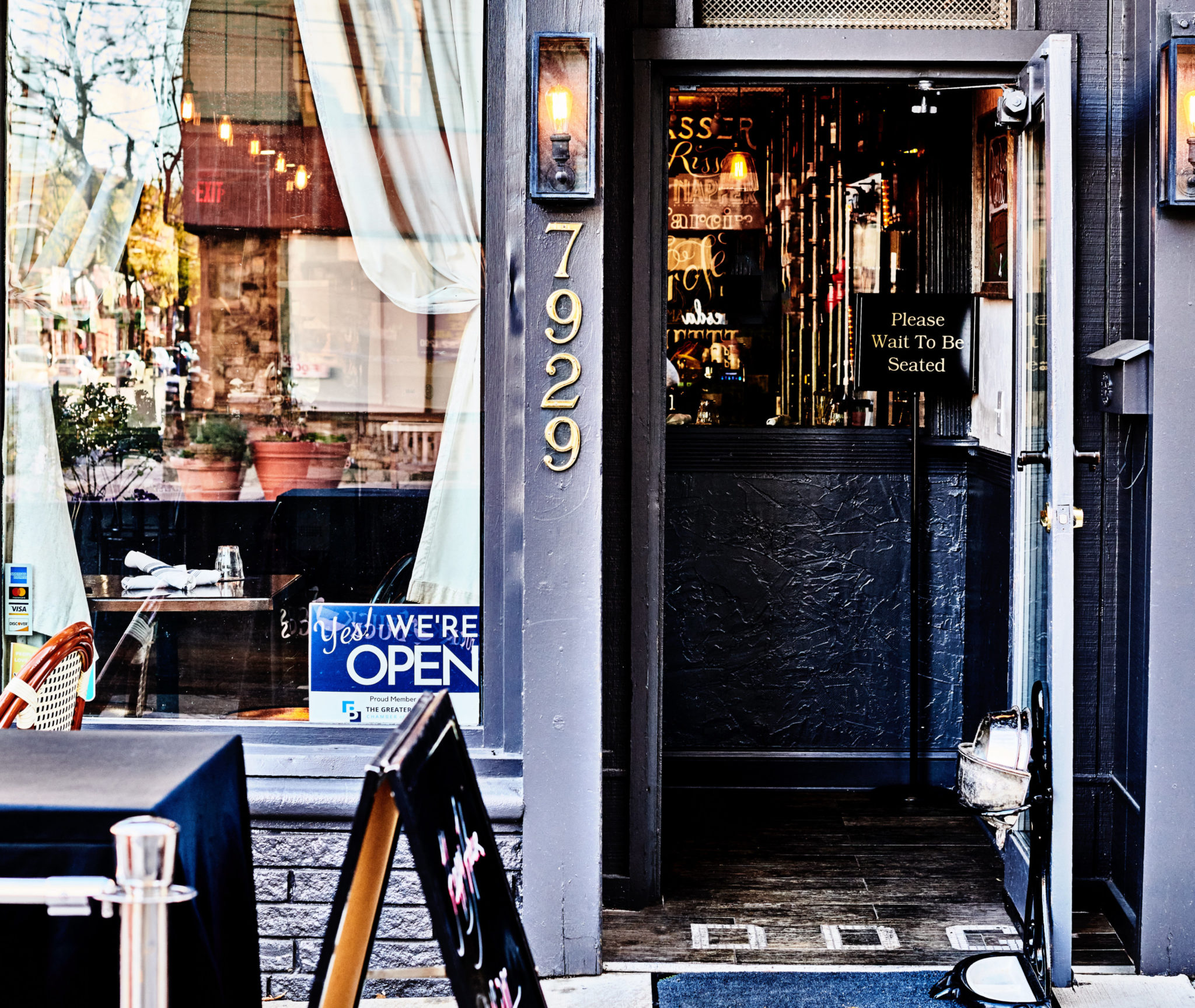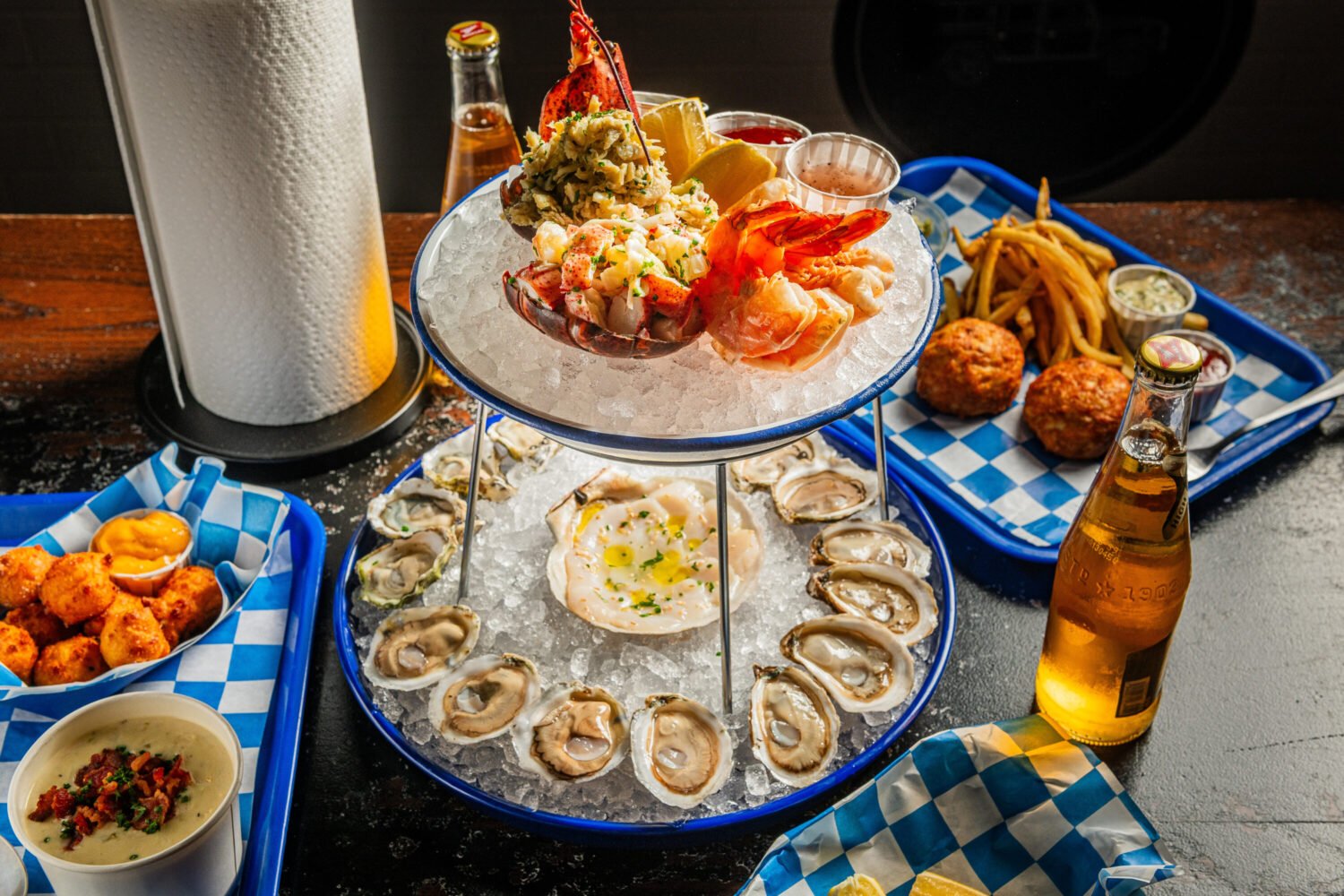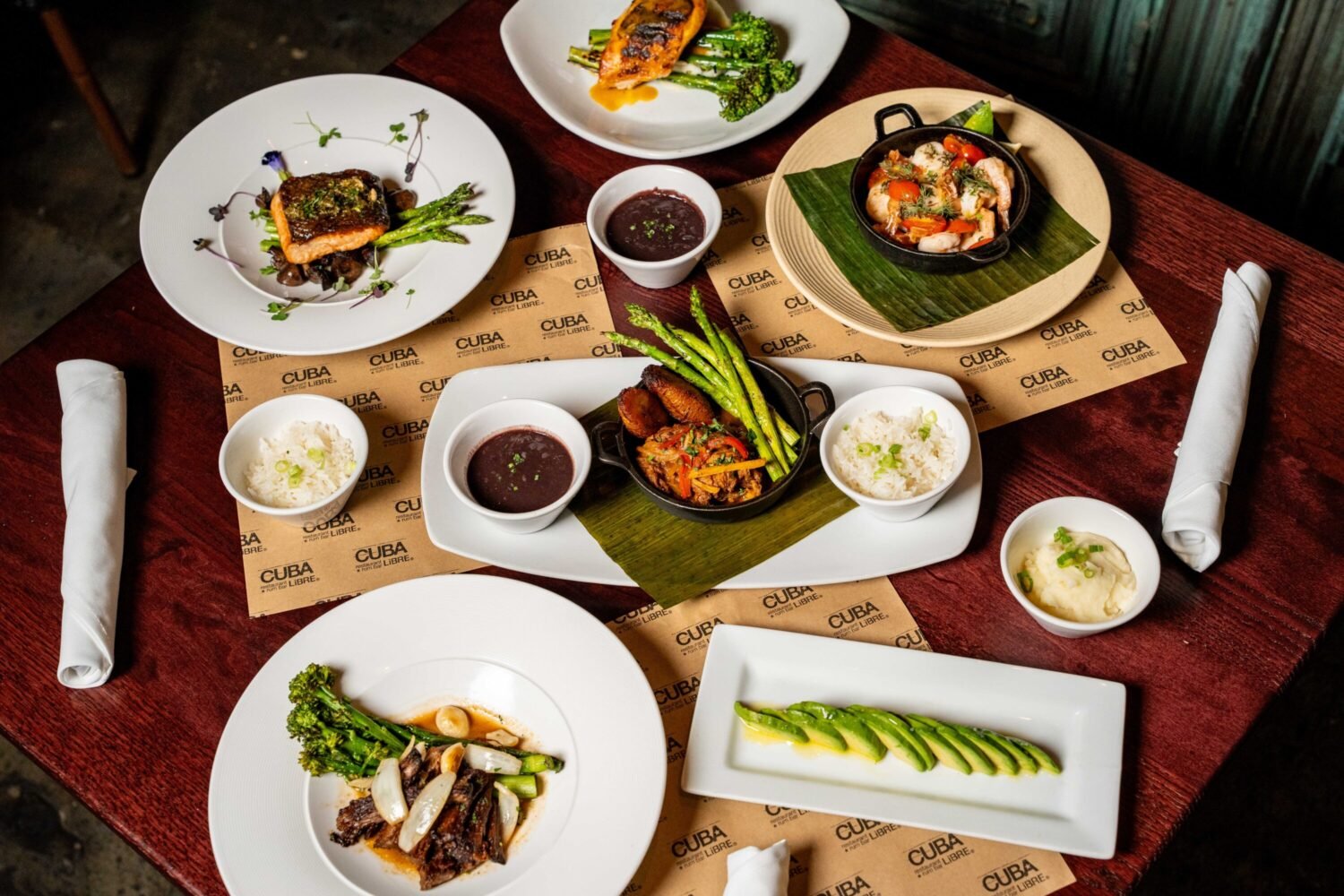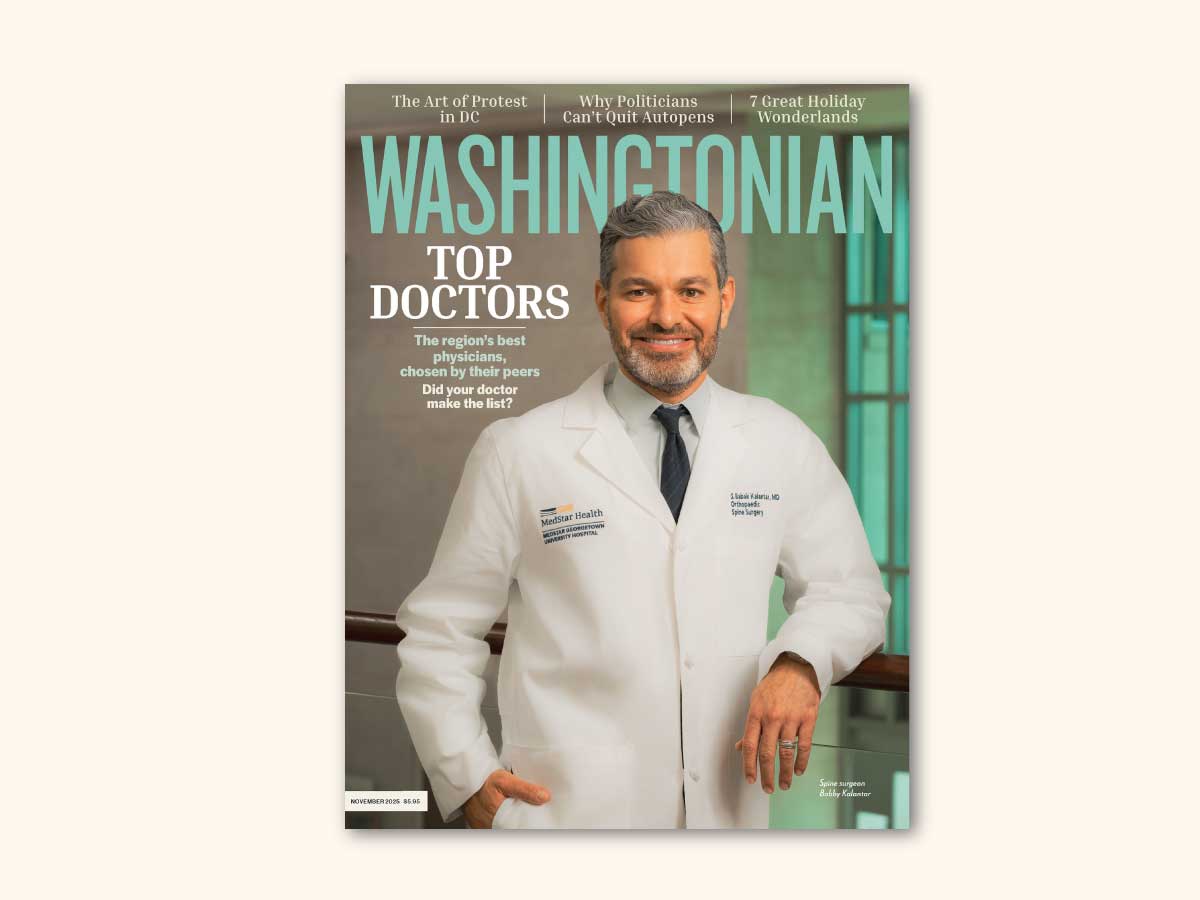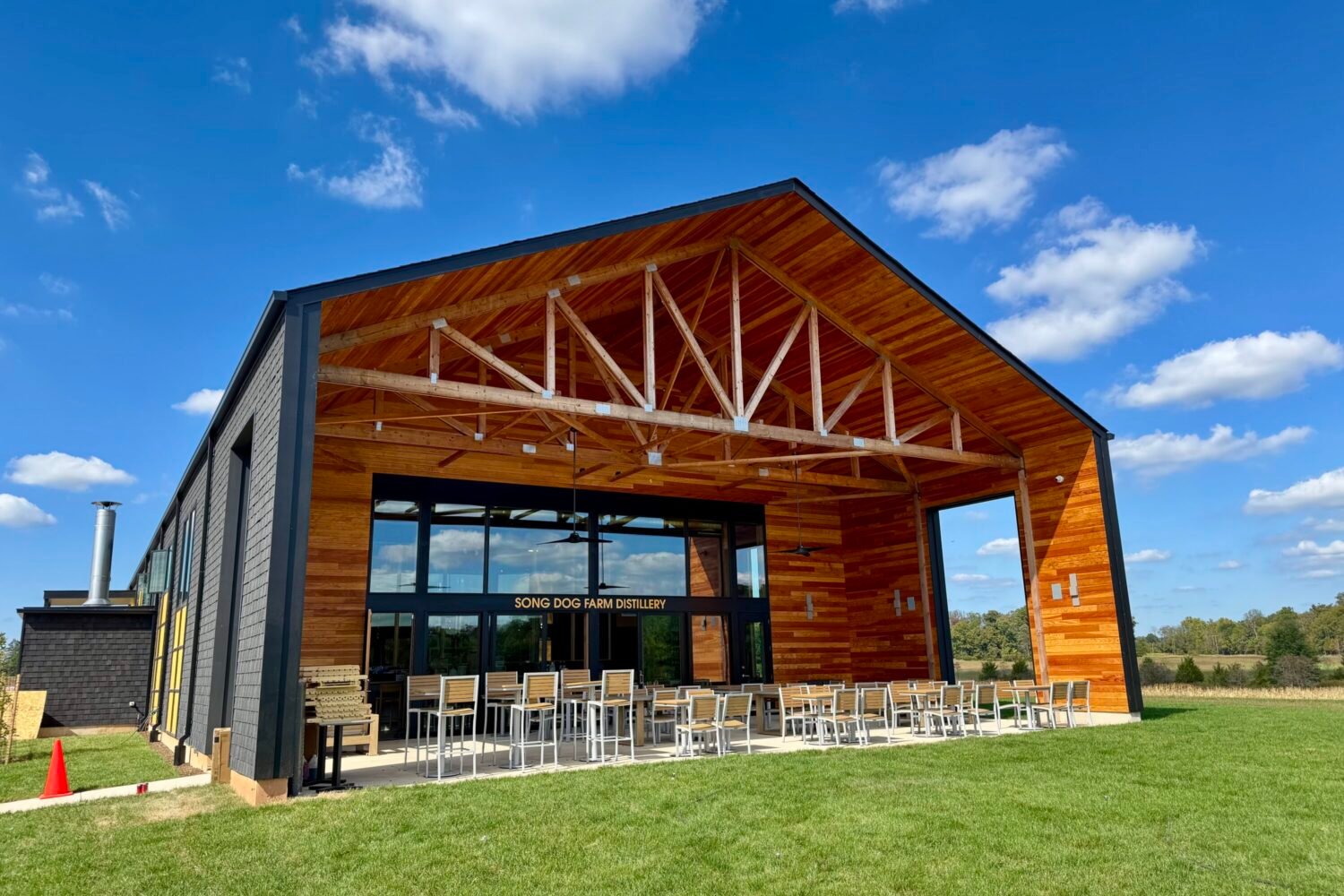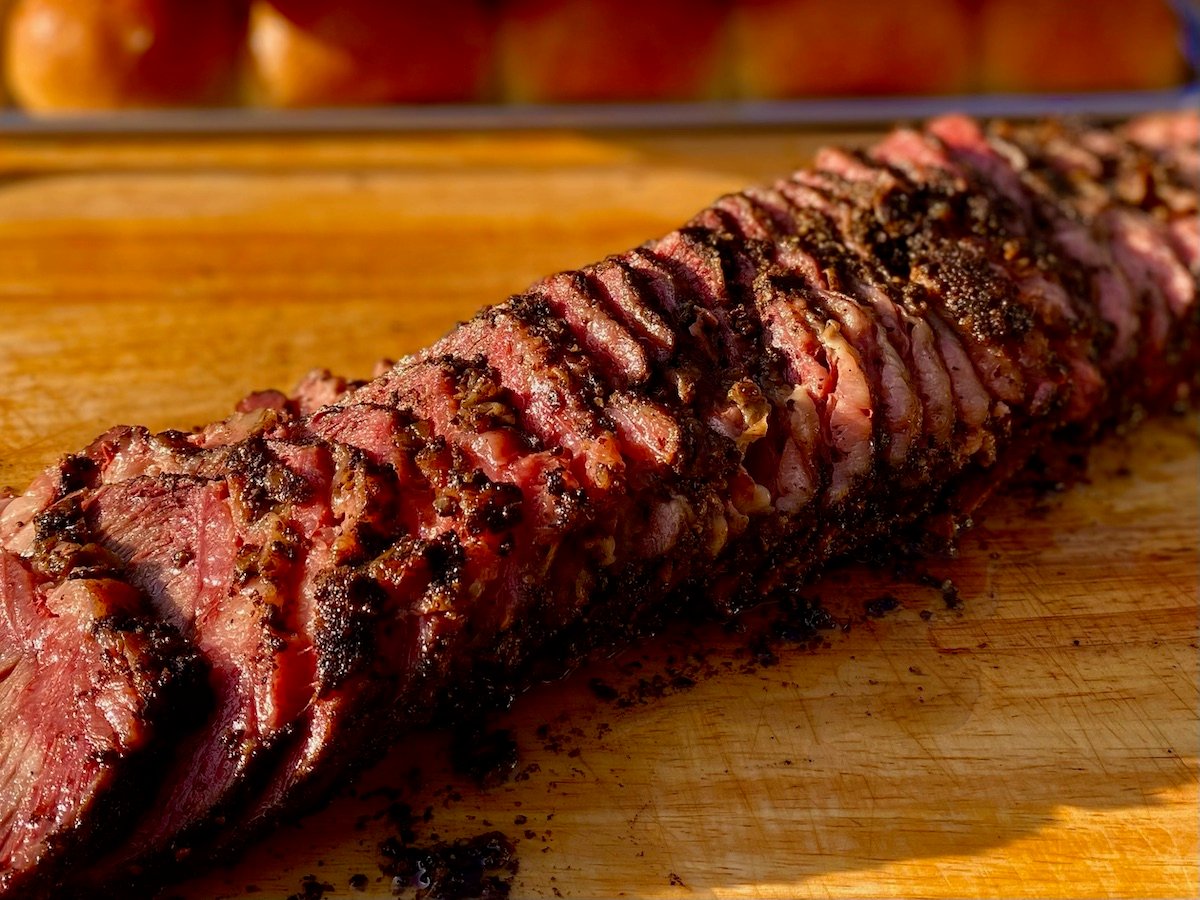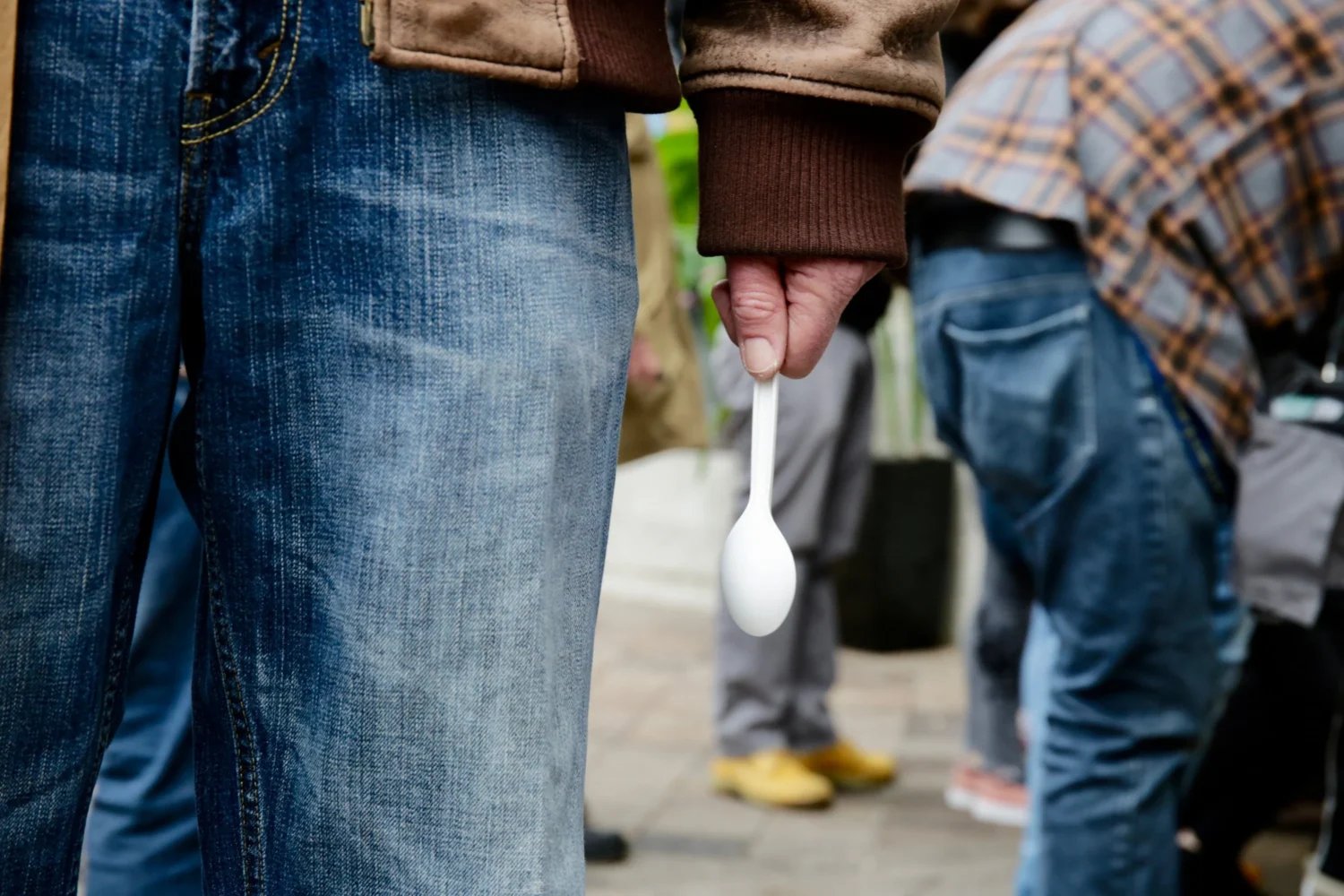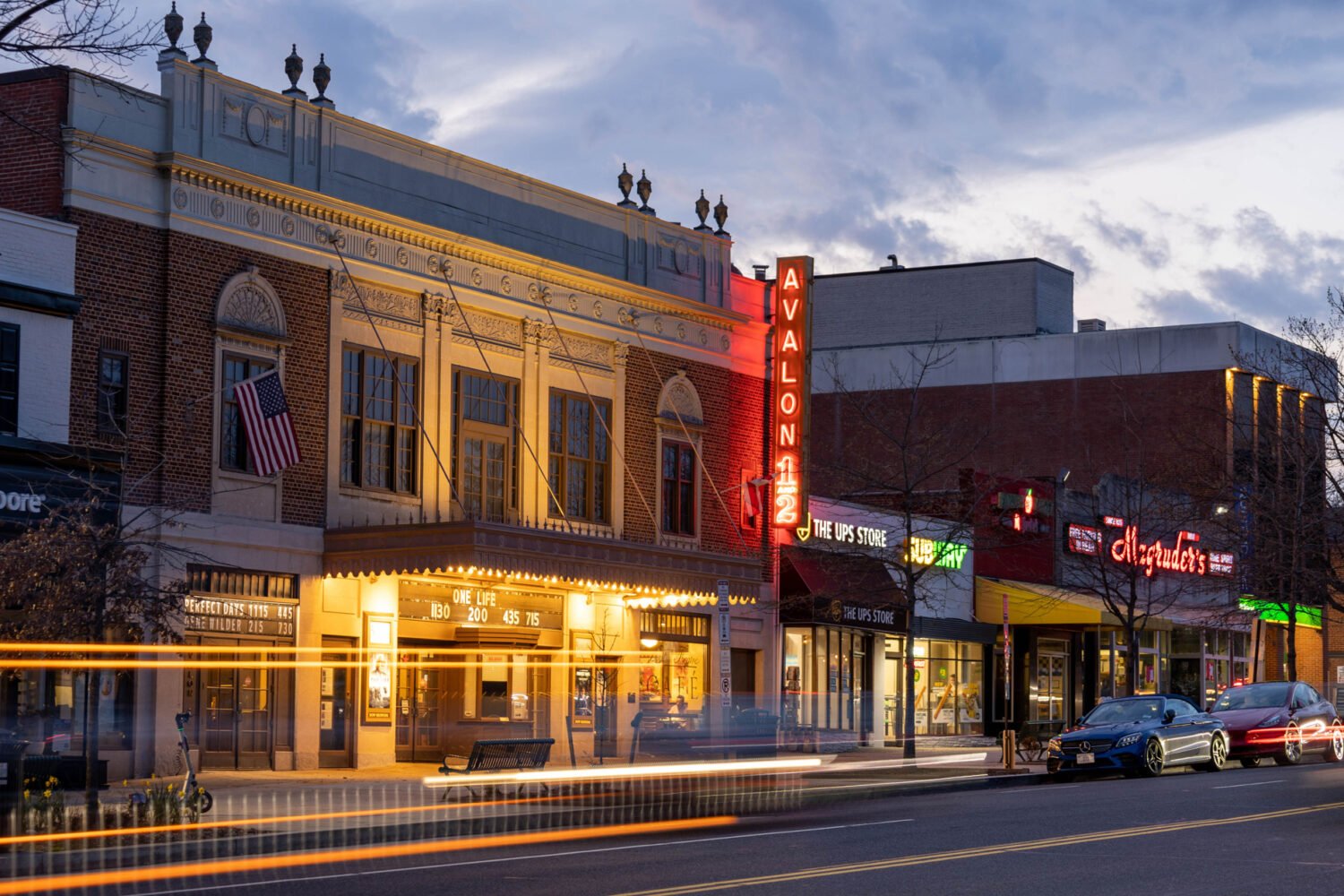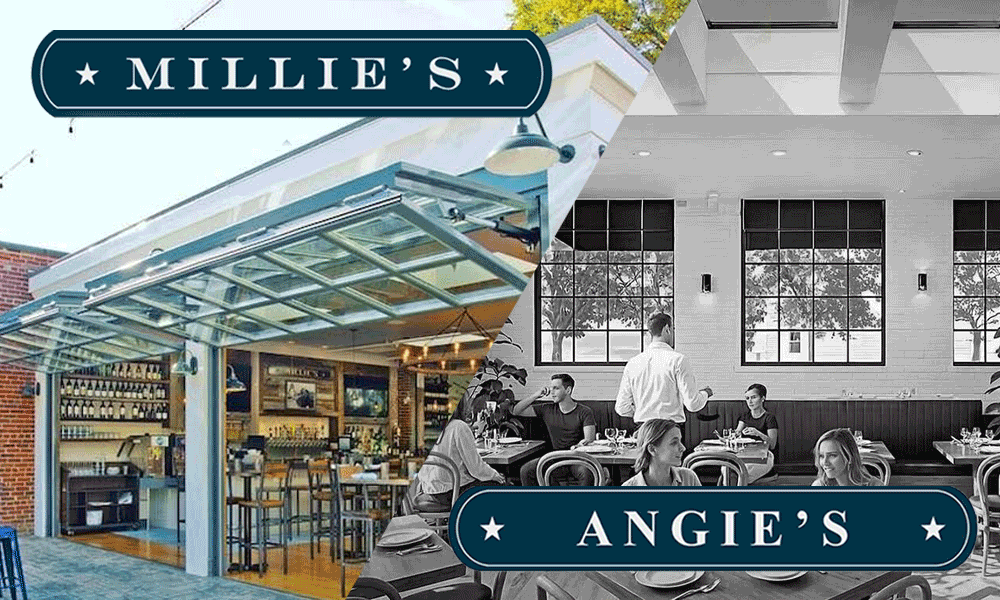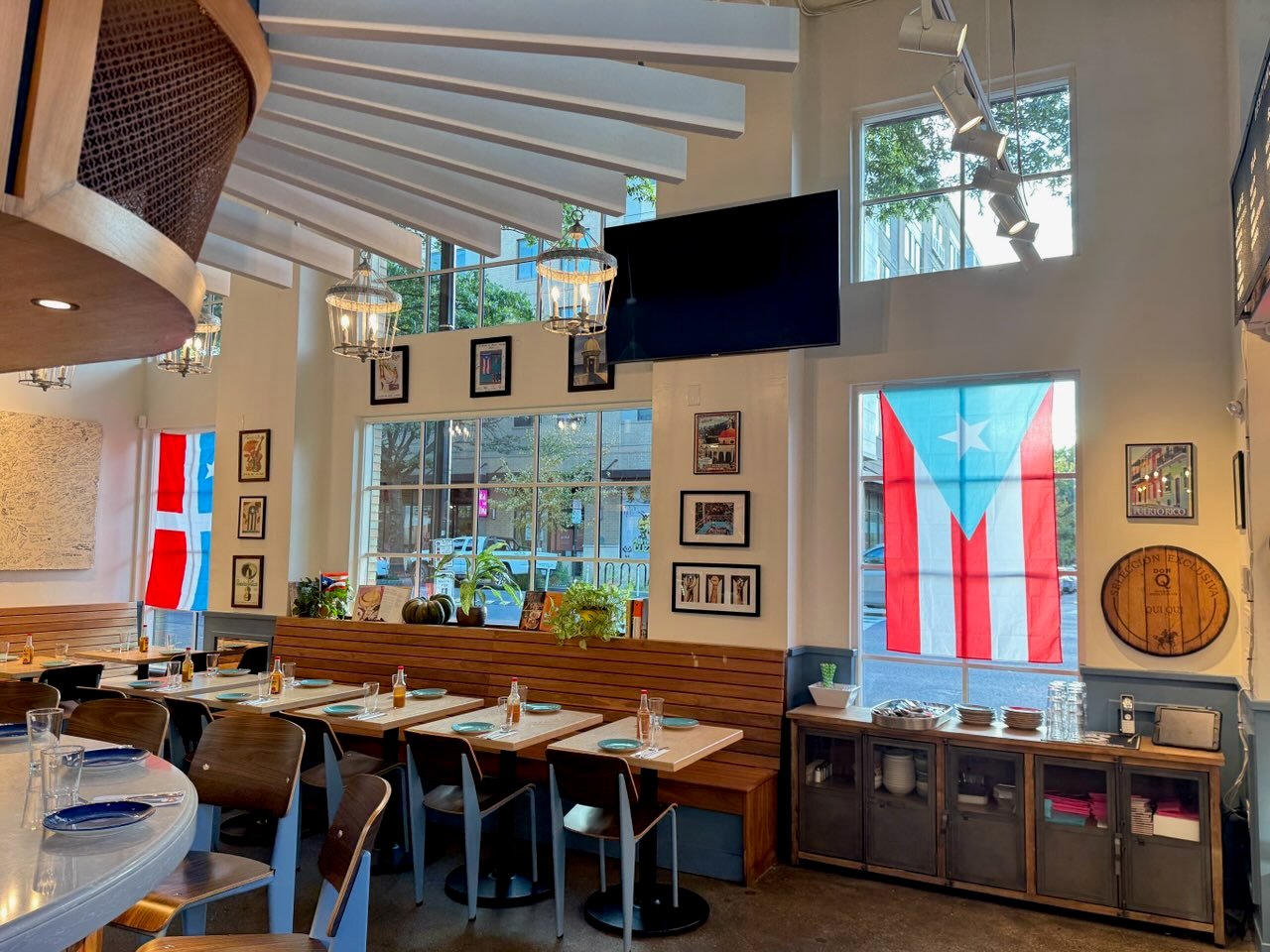On Valentine’s Day, indoor dining will return to Montgomery County—the only jurisdiction in the region where it’s still banned. Today, the Montgomery County Council voted to approve an executive order that will allow restaurants to operate dining rooms at 25-percent capacity with 90 minute table limits.
Montgomery County Executive Marc Elrich initially proposed a controversial one-hour dining limit before extending it by 30 minutes. He said in a media briefing last week that the idea was to limit viral exposure but also to help restaurants turn tables faster. “It should be helpful to restaurants to ensure that their seats are taken up by new customers,” he said. “And it should help us in trying to control the spread of coronavirus.”
Some restaurateurs have questioned the lack of data to back up a 90 minute time limit and argued it’s not actually helpful to business.
“When you know that you have a very short amount of time to turn somebody in and out, you’re limited in how many things you can offer them, and in such, you’re limited in what you can charge,” said restaurateur Ashish Alfred, who was involved in lawsuits against the indoor dining ban. Alfred, who runs Duck Duck Goose in Bethesda, also makes the case the higher turnover could be more dangerous for staff: “You’re exposing them to so many more people. If we’ve got to shove people in and out in an hour, they have to clean and sanitize between each guest. That requires extra hands for the restaurant. That requires extra cleaning product, extra PPE. It comes at a cost.”
The County Council could not amend the executive order—only vote it up or down. Two of nine councilmembers voted against it, citing the potential dangers of indoor dining.
“I said last week I felt like we were in the Twilight Zone. The idea that we would be doing an executive order to encourage people to go out on Valentine’s Day, a holiday where you’re going to have a lot of people out—it flies in the face of public health guidance,” said Councilmember Will Jawando.
Craig Rice, the only other councilmember who is against reopening, noted that it was restaurant staff—”majority Black and brown, often times lower income”—who would be most put at risk.
Those who supported the executive order noted that Covid-19 numbers had come down and local hospitals were not overloaded. They talked up the devastating impact the closures have had on businesses and argued that the 25 percent capacity limitation was a sufficiently “aggressive restriction.” The fact that Montgomery County is the only local place where indoor dining isn’t allowed was also a factor in the Council’s decision.
“The efficacy of our order, because all the other jurisdictions have opened, is significantly watered down,” said Councilmember Gabe Albornoz. “I’m concerned that people are, have been, will continue to travel to other parts of our region to go to restaurants that we have no control over their compliance.”
At the same time, even the councilmembers in favor of the executive order made a point of saying that they would not personally be dining indoors anytime soon.
“I will not be going on Valentine’s Day,” says Councilmember Hans Riemer. “If I ask my wife to meet me at a restaurant, she would probably say this is our last Valentine’s Day together.”

